Home>Gardening & Outdoor>Pool & Spa Care>What Is Chlorine Lock In Hot Tub
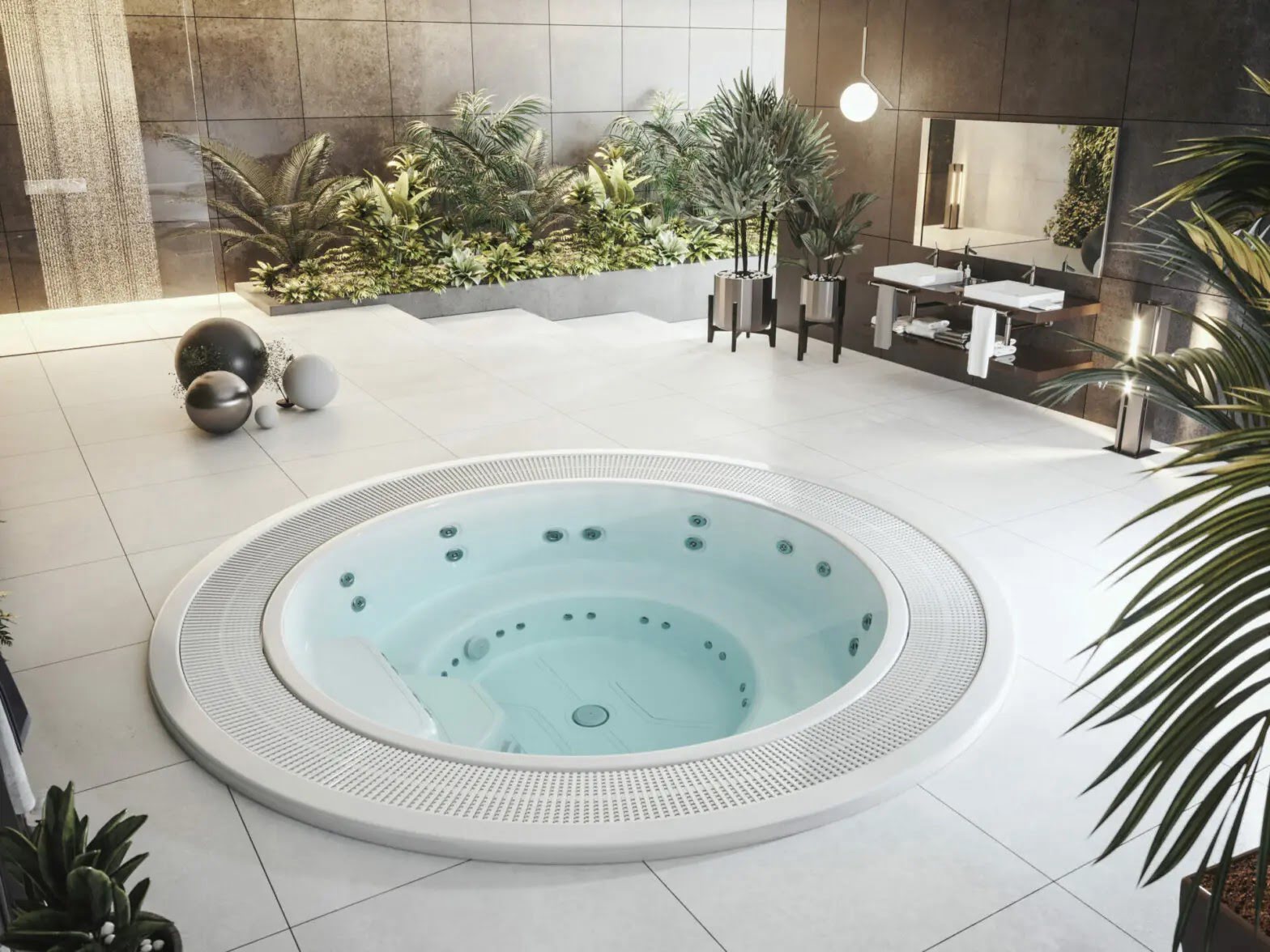

Pool & Spa Care
What Is Chlorine Lock In Hot Tub
Modified: August 23, 2024
Learn how to prevent and fix chlorine lock in hot tubs with our expert pool and spa care tips. Keep your water clean and safe with our helpful advice.
(Many of the links in this article redirect to a specific reviewed product. Your purchase of these products through affiliate links helps to generate commission for Storables.com, at no extra cost. Learn more)
**
Introduction
**
Owning a hot tub can be a luxurious and relaxing experience, providing a soothing retreat from the stresses of everyday life. However, maintaining a hot tub requires careful attention to water chemistry to ensure a clean and safe environment for soaking. One common issue that hot tub owners may encounter is chlorine lock, which can disrupt the balance of chemicals in the water and lead to ineffective sanitation. In this comprehensive guide, we will delve into the concept of chlorine lock, its causes, symptoms, prevention, and solutions to help you keep your hot tub water pristine and inviting. Whether you are a seasoned hot tub owner or new to the world of spa care, understanding chlorine lock is essential for maintaining a healthy and enjoyable hot tub experience. Let's explore this topic in detail to equip you with the knowledge and strategies needed to conquer chlorine lock and keep your hot tub water crystal clear.
**
Key Takeaways:
- Chlorine lock in hot tubs occurs when chlorine becomes ineffective at sanitizing due to the presence of chloramines, leading to cloudy water and strong chlorine odor.
- Prevent chlorine lock by using shock treatments, maintaining proper pH levels, and regularly testing water chemistry. If chlorine lock occurs, take swift action with shock treatment and pH adjustment.
Read more: How To Raise Free Chlorine In Hot Tub
Understanding Chlorine Lock
Chlorine lock, also known as combined chlorine, occurs when the chlorine in the hot tub water becomes ineffective at sanitizing due to its interaction with ammonia and other nitrogen compounds. When chlorine combines with ammonia, it forms chloramines, which are less effective at disinfecting the water. This chemical reaction can lead to a situation where the available chlorine in the water is unable to perform its sanitizing function, resulting in cloudy and unhygienic water conditions.
It is important to distinguish between free chlorine and combined chlorine. Free chlorine refers to the active form of chlorine that is available to sanitize the water, while combined chlorine consists of chloramines, which are the byproducts of chlorine's reaction with organic and inorganic contaminants. High levels of combined chlorine indicate that the available chlorine is tied up and unable to effectively disinfect the water, leading to the phenomenon known as chlorine lock.
Chlorine lock can be a frustrating challenge for hot tub owners, as it compromises the water quality and hinders the ability of chlorine to keep the water clean and safe. Understanding the factors that contribute to chlorine lock and how to address this issue is crucial for maintaining a properly sanitized hot tub environment.
Now that we have a foundational understanding of chlorine lock, let’s explore the potential causes of this phenomenon in hot tubs.
**
Causes of Chlorine Lock in Hot Tubs
Several factors can contribute to the occurrence of chlorine lock in hot tubs, disrupting the balance of chemicals and diminishing the effectiveness of chlorine as a sanitizer. Understanding these potential causes is essential for effectively addressing and preventing chlorine lock. Here are the primary factors that can lead to chlorine lock in hot tubs:
-
Ammonia Contamination: Ammonia, which can enter the hot tub water through various sources such as sweat, urine, and personal care products, reacts with chlorine to form chloramines. High levels of ammonia contamination can quickly deplete the available chlorine, leading to chlorine lock.
-
Organic Contaminants: Organic compounds, including body oils, lotions, and cosmetics, can react with chlorine and contribute to the formation of chloramines. These organic contaminants can build up in the water, reducing the efficacy of chlorine and contributing to chlorine lock.
-
Inadequate Oxidation: Inadequate oxidation of the hot tub water can result in the accumulation of organic and nitrogen compounds, creating an environment conducive to chlorine lock. Insufficient oxidation can lead to the buildup of chloramines, rendering the available chlorine less effective.
-
pH Imbalance: When the pH level of the hot tub water is outside the optimal range, chlorine may struggle to maintain its sanitizing power. Both high and low pH levels can impact the ability of chlorine to function effectively, potentially contributing to chlorine lock.
By recognizing these potential causes of chlorine lock, hot tub owners can take proactive measures to mitigate these factors and maintain a healthy balance of chemicals in the water. Next, let’s explore the symptoms that indicate the presence of chlorine lock in a hot tub.
**
Symptoms of Chlorine Lock
Recognizing the symptoms of chlorine lock is crucial for identifying when the water chemistry in a hot tub may be compromised. By understanding the telltale signs of chlorine lock, hot tub owners can take prompt action to address the issue and restore the effectiveness of chlorine as a sanitizer. Here are the common symptoms that may indicate the presence of chlorine lock in a hot tub:
-
Cloudy Water: One of the primary indicators of chlorine lock is the presence of cloudy or murky water in the hot tub. When chlorine becomes ineffective at sanitizing the water, organic and inorganic contaminants can accumulate, leading to diminished water clarity.
-
Strong Chlorine Odor: While it may seem counterintuitive, a strong chlorine smell in the hot tub water can actually signal the presence of chloramines, which are the byproducts of chlorine reacting with contaminants. This pungent odor is indicative of combined chlorine, contributing to chlorine lock.
-
Skin and Eye Irritation: When chlorine is unable to effectively sanitize the water, bathers may experience skin irritation, red eyes, or discomfort. The presence of chloramines can lead to these adverse reactions, signaling the need to address chlorine lock.
-
Inadequate Sanitation: Despite maintaining chlorine levels within the recommended range, the water may still exhibit poor sanitation, with bacteria and other microorganisms persisting in the hot tub. This failure to achieve proper sanitation can be a result of chlorine lock.
By remaining vigilant for these symptoms, hot tub owners can promptly intervene to rectify chlorine lock and restore the water to a clean and comfortable state. Now, let’s explore proactive measures to prevent chlorine lock from occurring in the first place.
**
To prevent chlorine lock in your hot tub, make sure to regularly shock the water with a non-chlorine shock treatment to break down any buildup of chloramines. This will help maintain proper chlorine levels and prevent the water from becoming ineffective at sanitizing.
How to Prevent Chlorine Lock
Preventing chlorine lock in a hot tub involves implementing proactive measures to maintain proper water chemistry and minimize the risk of chlorine becoming ineffective at sanitizing. By adopting these preventive strategies, hot tub owners can uphold a healthy and balanced environment for soaking. Here are key steps to prevent chlorine lock:
-
Shock Treatment: Regularly administering a shock treatment to the hot tub water can help break down chloramines and organic contaminants, preventing them from contributing to chlorine lock. This process, also known as oxidation, revitalizes the effectiveness of chlorine and maintains water clarity.
-
Maintain Proper pH Levels: Monitoring and adjusting the pH levels of the hot tub water within the recommended range (typically 7.2 to 7.8) is essential for optimizing the effectiveness of chlorine. Maintaining proper pH levels helps prevent chlorine from becoming destabilized and ineffective.
-
Use Non-Chlorine Shock: Incorporating non-chlorine shock treatments, such as potassium monopersulfate-based products, can help break down chloramines without adding more chlorine to the water. This alternative shock treatment can prevent chlorine lock while maintaining water quality.
-
Regular Water Testing: Consistently testing the hot tub water for chlorine levels, combined chlorine, pH, and alkalinity allows for proactive adjustments to maintain balanced water chemistry. By staying informed about the water parameters, hot tub owners can prevent chlorine lock before it becomes a significant issue.
By implementing these preventive measures, hot tub owners can significantly reduce the likelihood of chlorine lock and its associated challenges. However, if chlorine lock does occur, it is essential to understand how to effectively address and resolve the issue, which we will explore next.
**
Read more: How To Lower Chlorine Level In Hot Tub
How to Fix Chlorine Lock in Hot Tubs
When chlorine lock occurs in a hot tub, prompt action is necessary to restore the water’s balance and effectiveness of chlorine as a sanitizer. Addressing chlorine lock involves targeted strategies to break down chloramines and revitalize the sanitizing power of chlorine. Here are the steps to fix chlorine lock in hot tubs:
-
Shock the Water: Administering a shock treatment to the hot tub water, preferably using a non-chlorine shock product, can help break down chloramines and organic contaminants that contribute to chlorine lock. This process revitalizes the available chlorine and restores its ability to effectively sanitize the water.
-
Adjust pH Levels: If the pH levels of the hot tub water are outside the optimal range, adjusting them to the recommended levels (typically 7.2 to 7.8) can help stabilize the chlorine and prevent further chlorine lock. Balancing the pH contributes to the efficacy of chlorine as a sanitizer.
-
Drain and Refill: In severe cases of chlorine lock where the water chemistry is significantly compromised, draining the hot tub and refilling it with fresh water can be a viable solution. This allows for a clean start with balanced water chemistry, reducing the impact of chlorine lock.
-
Thorough Filtration: Running the hot tub’s filtration system continuously after addressing chlorine lock can help remove residual contaminants and aid in restoring water clarity and sanitation. Proper filtration supports the effectiveness of chlorine in maintaining clean water.
By following these targeted steps, hot tub owners can effectively address chlorine lock and restore the water to a clean and balanced state. Additionally, maintaining a vigilant approach to water testing and chemical maintenance can help prevent chlorine lock from recurring, ensuring a consistently enjoyable hot tub experience.
Now that we have explored the strategies for fixing chlorine lock, let’s conclude our comprehensive guide on this essential aspect of hot tub maintenance.
**
Conclusion
As a hot tub owner, understanding the concept of chlorine lock is paramount for maintaining a clean, safe, and enjoyable soaking experience. By grasping the causes, symptoms, prevention, and solutions related to chlorine lock, you are equipped to navigate the complexities of hot tub water chemistry with confidence and expertise.
Chlorine lock, characterized by the ineffectiveness of chlorine at sanitizing the water due to the presence of chloramines, can lead to cloudy water, strong chlorine odor, and inadequate sanitation. However, by implementing preventive measures such as shock treatments, maintaining proper pH levels, using non-chlorine shock, and regular water testing, you can significantly reduce the risk of chlorine lock in your hot tub.
If chlorine lock does occur, swift action, including shock treatment, pH adjustment, and thorough filtration, can help rectify the issue and restore the water’s balance. In severe cases, draining and refilling the hot tub may be necessary to mitigate the impact of chlorine lock.
By proactively addressing chlorine lock and prioritizing consistent water testing and maintenance, you can uphold a pristine hot tub environment that invites relaxation and rejuvenation. Remember, a well-maintained hot tub not only enhances your leisure time but also promotes a healthy and hygienic soaking experience for you and your guests.
Armed with the knowledge and strategies outlined in this guide, you are empowered to conquer chlorine lock and uphold the optimal water quality in your hot tub. Embrace the journey of spa care with confidence, knowing that you possess the insights to overcome challenges and nurture a blissful hot tub oasis.
Here’s to crystal-clear water, invigorating hydrotherapy, and the joy of unwinding in your meticulously maintained hot tub!
Frequently Asked Questions about What Is Chlorine Lock In Hot Tub
Was this page helpful?
At Storables.com, we guarantee accurate and reliable information. Our content, validated by Expert Board Contributors, is crafted following stringent Editorial Policies. We're committed to providing you with well-researched, expert-backed insights for all your informational needs.
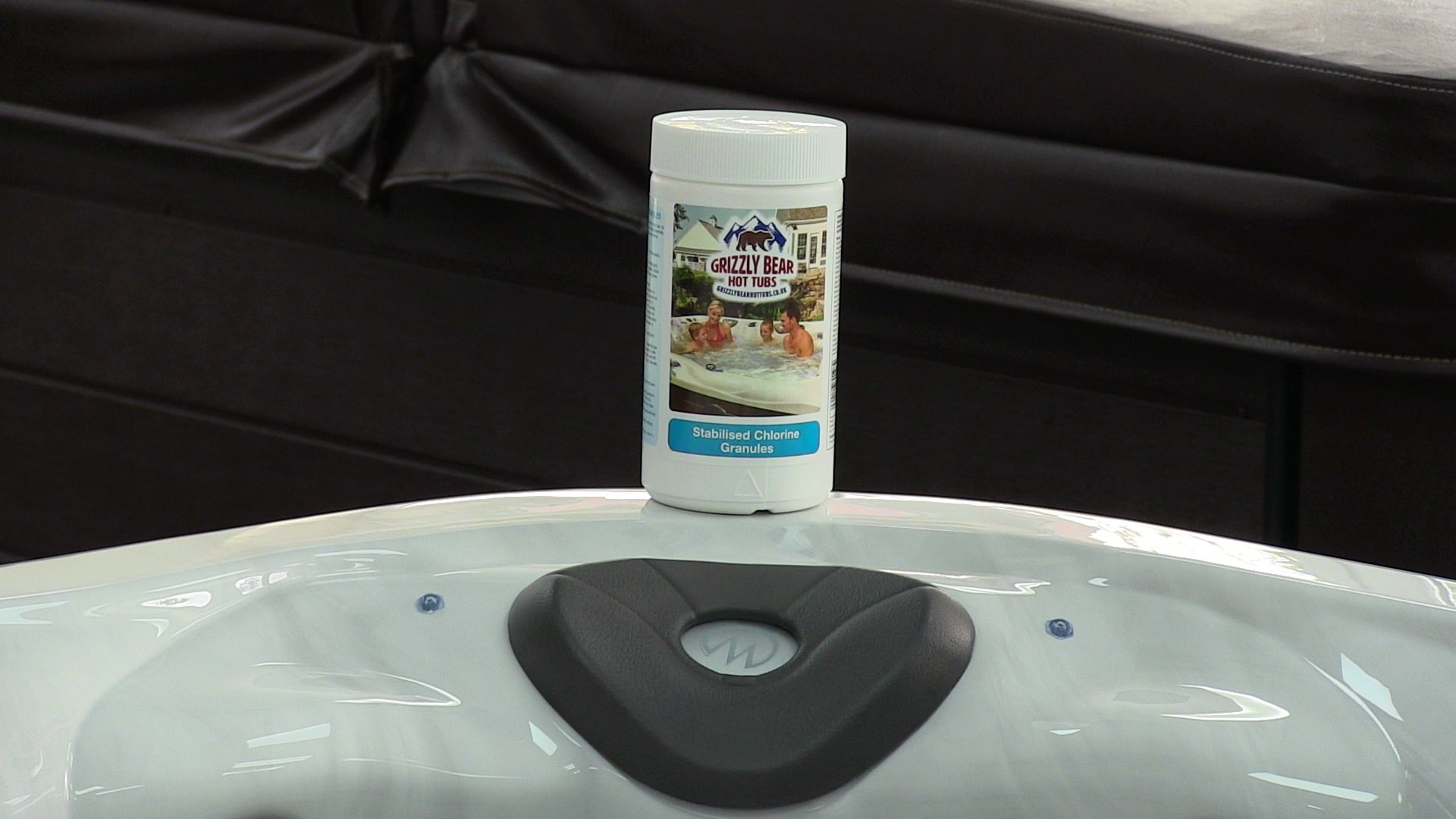
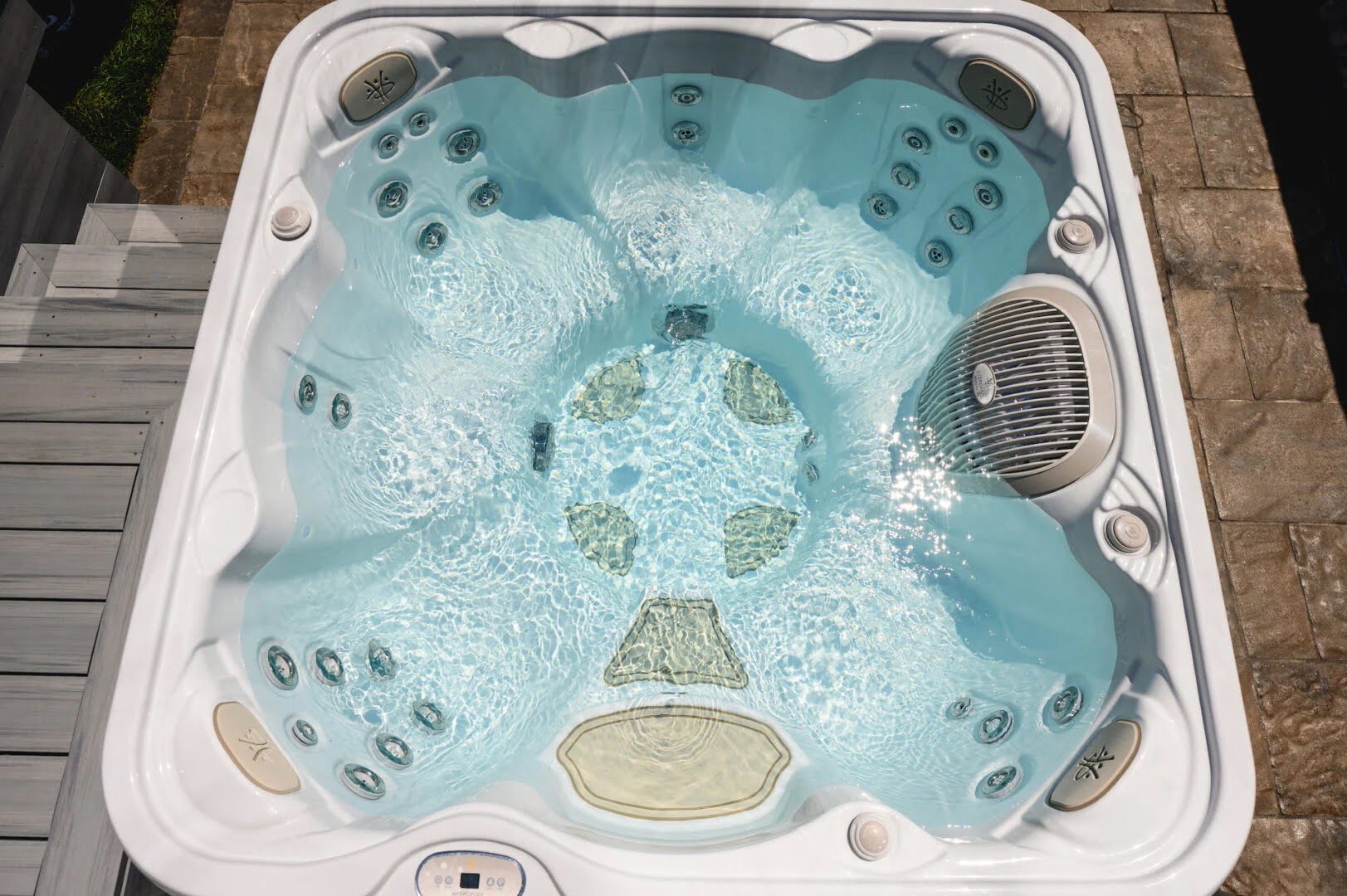
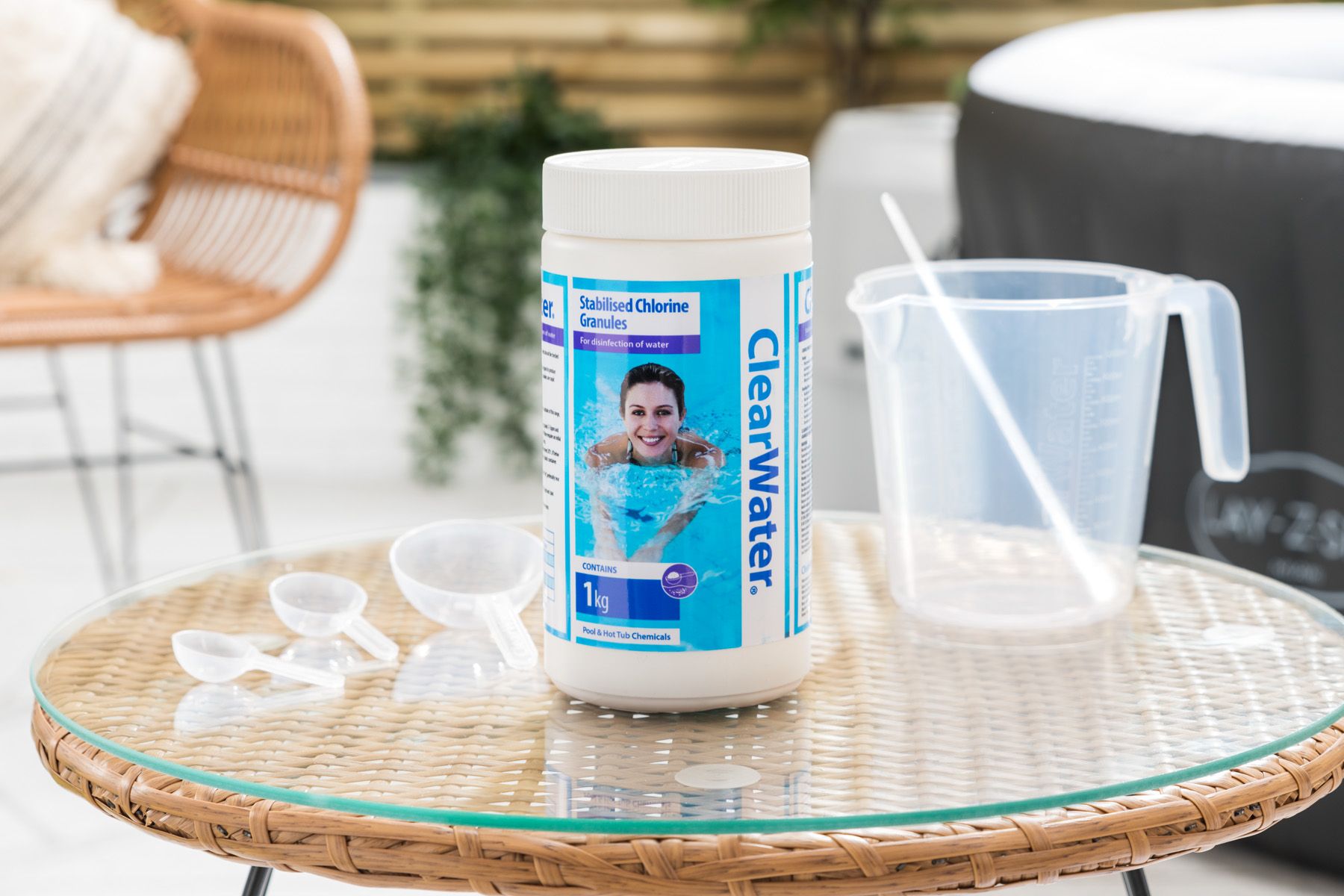
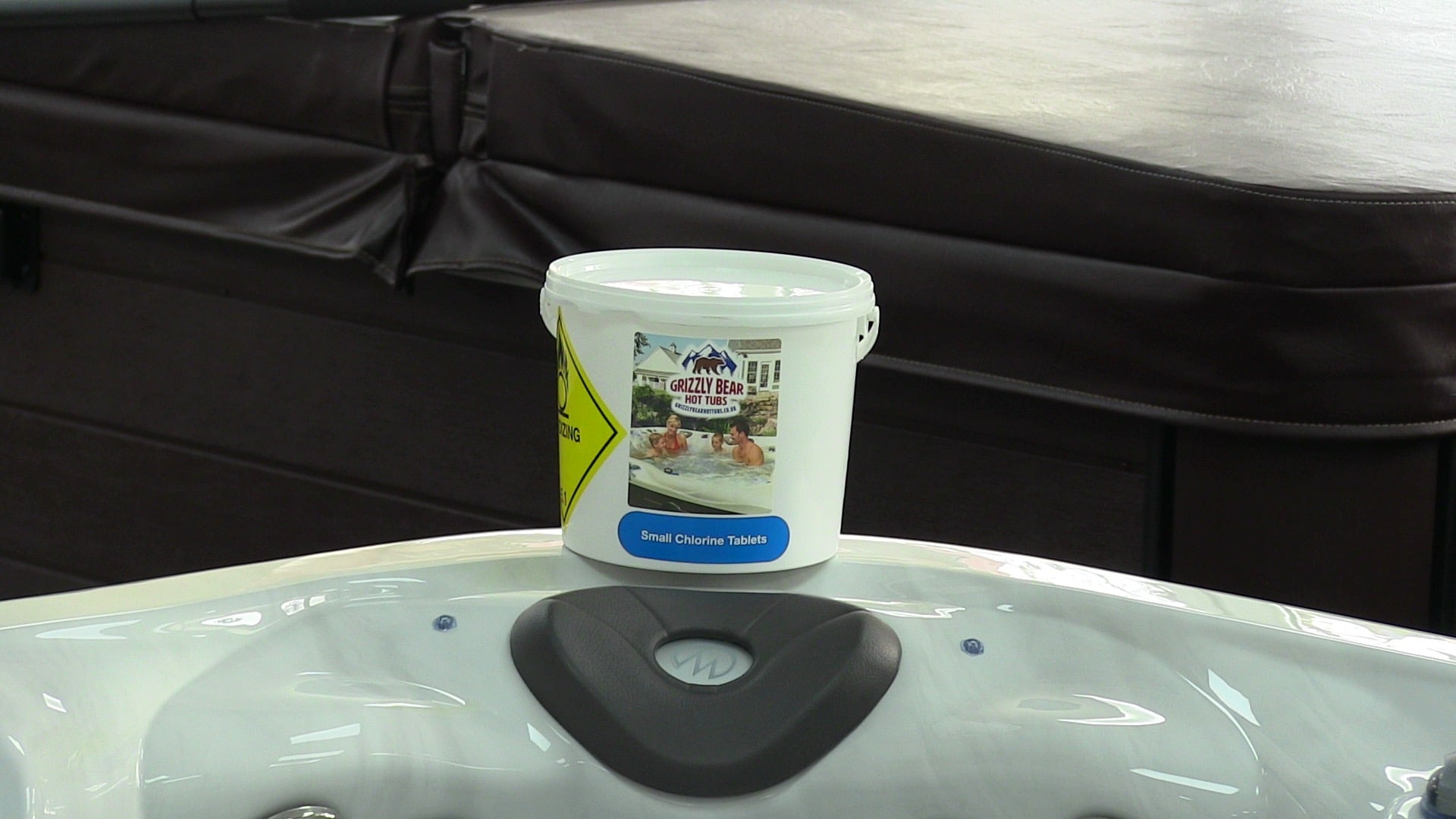
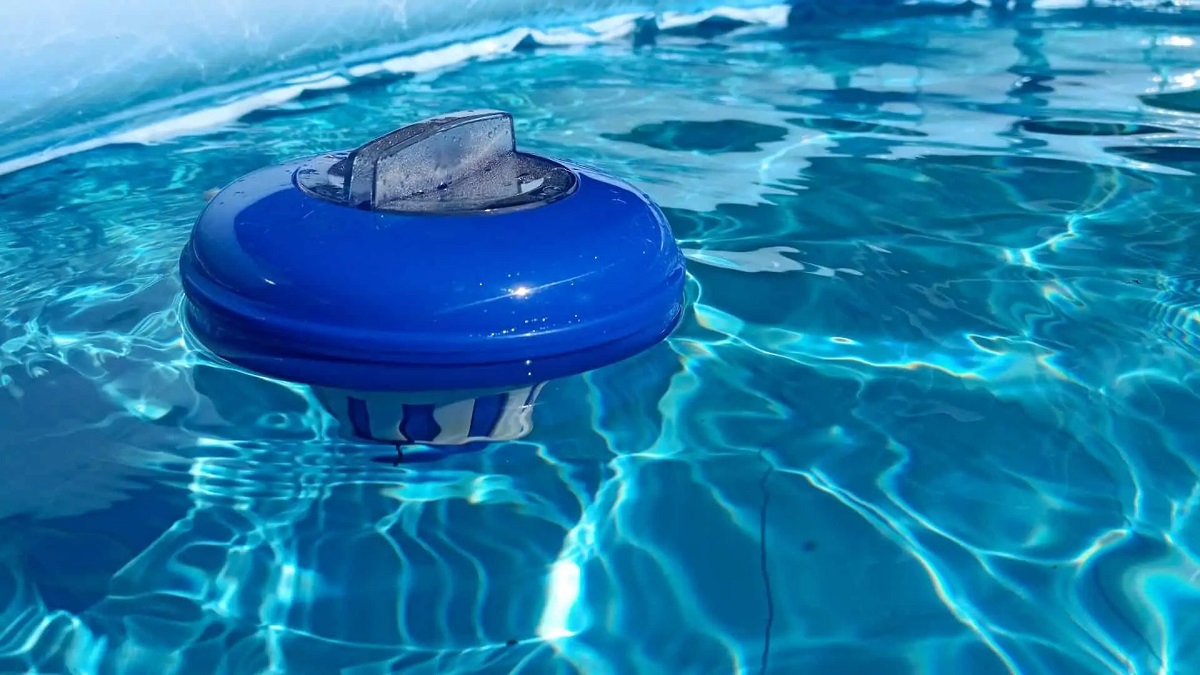
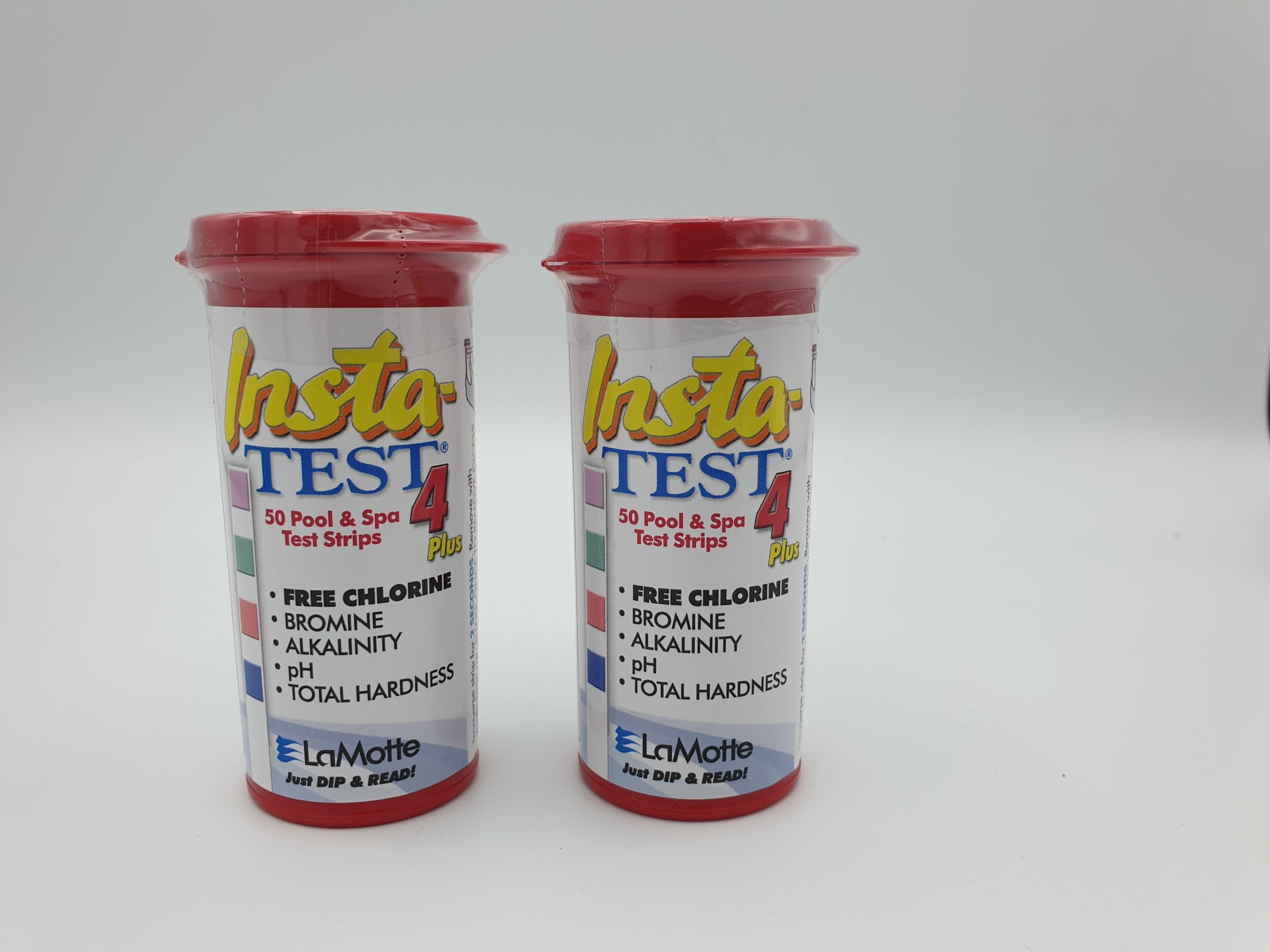
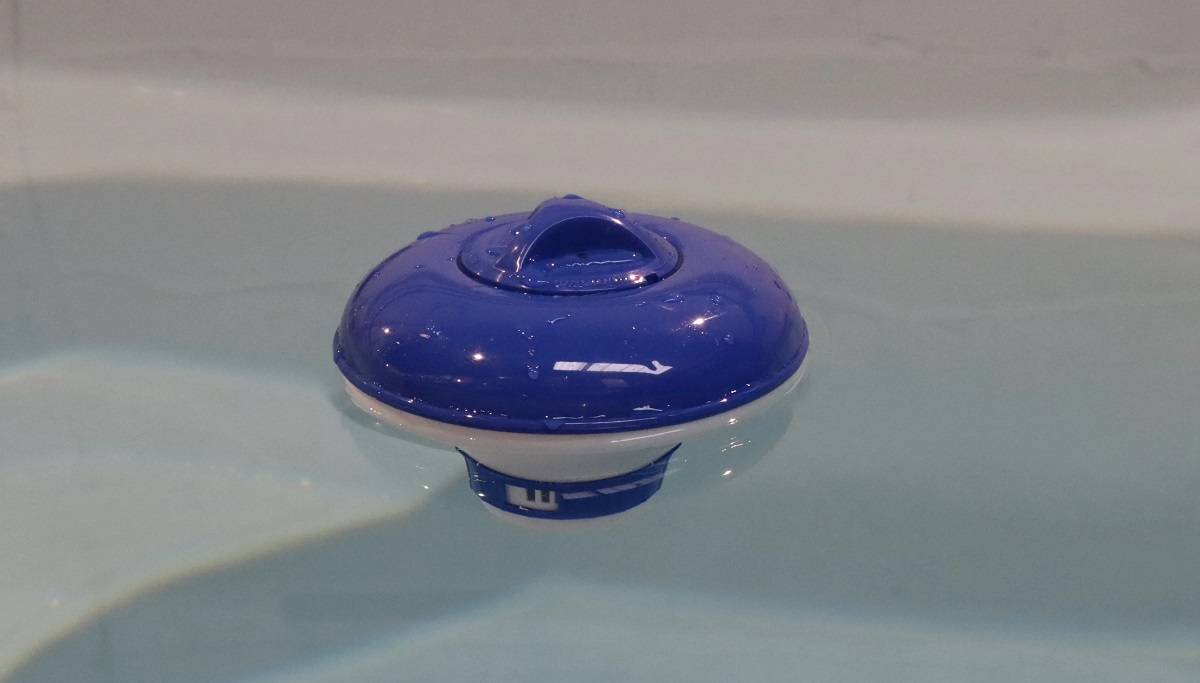
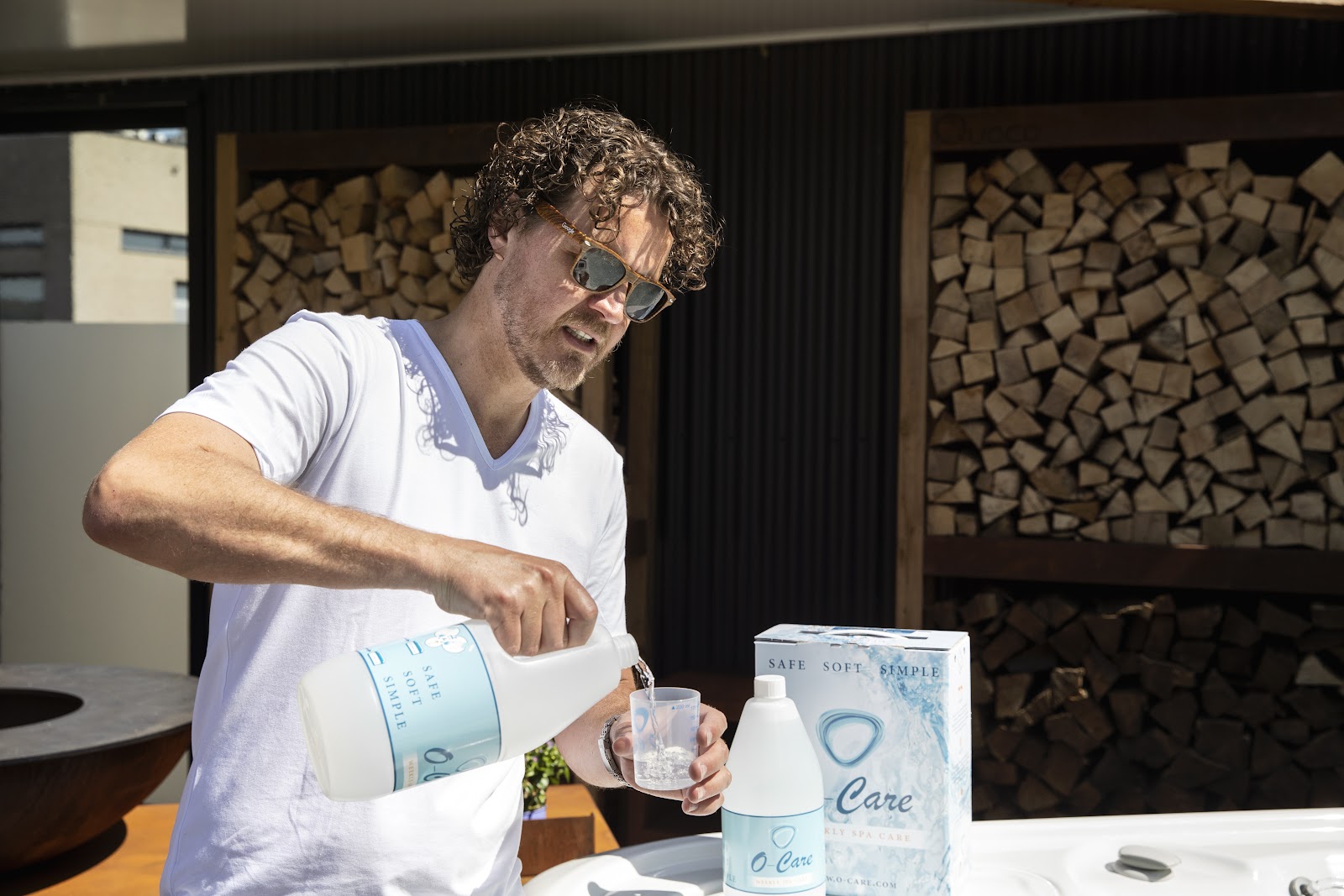
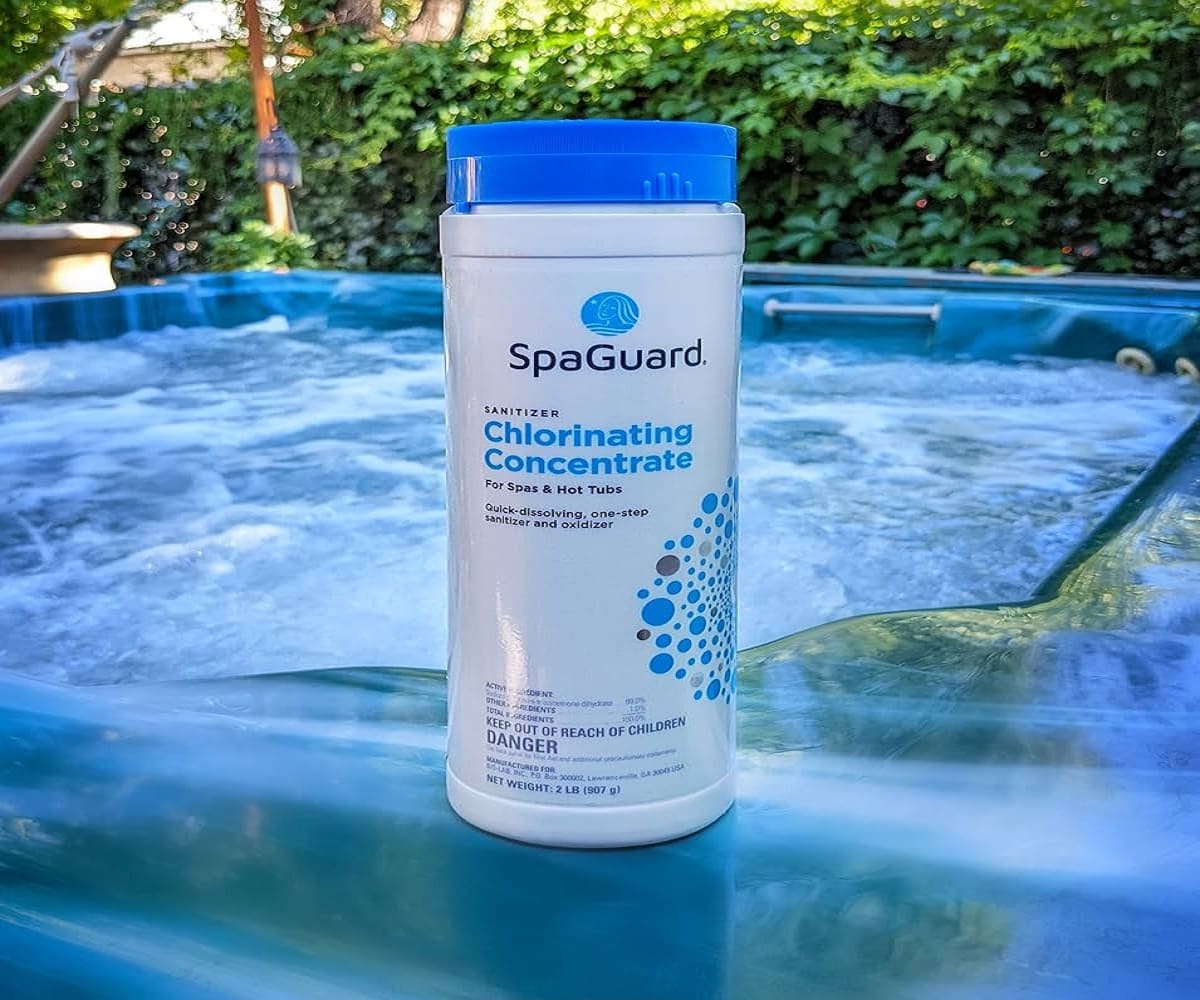
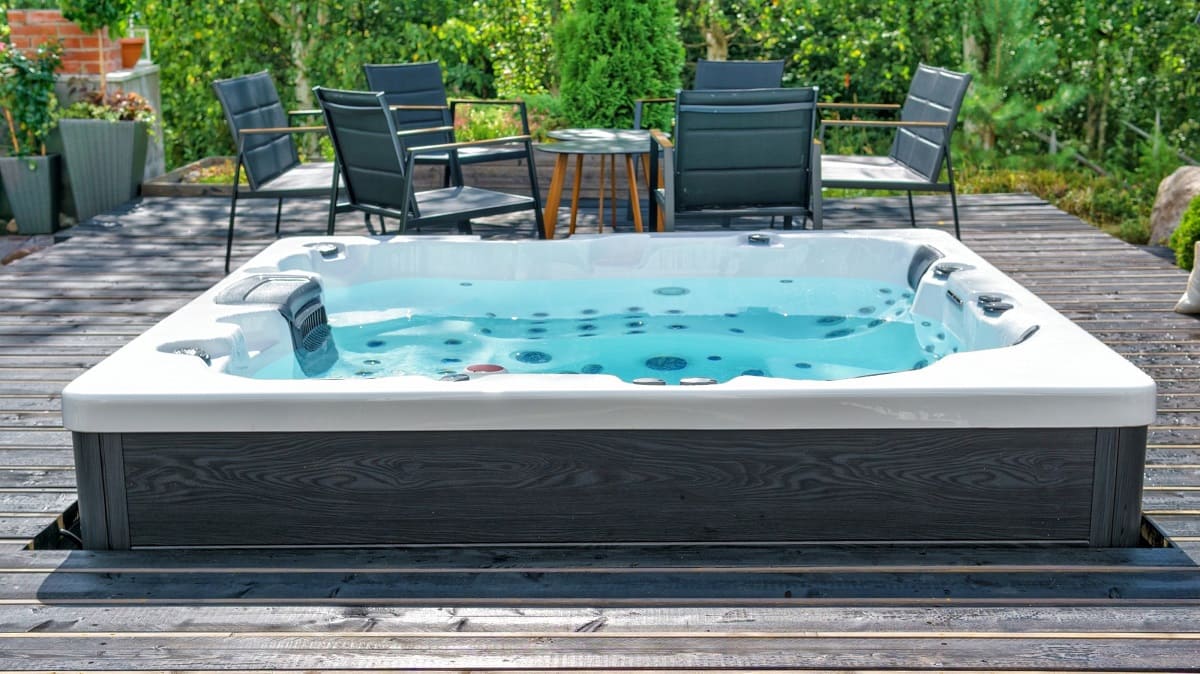
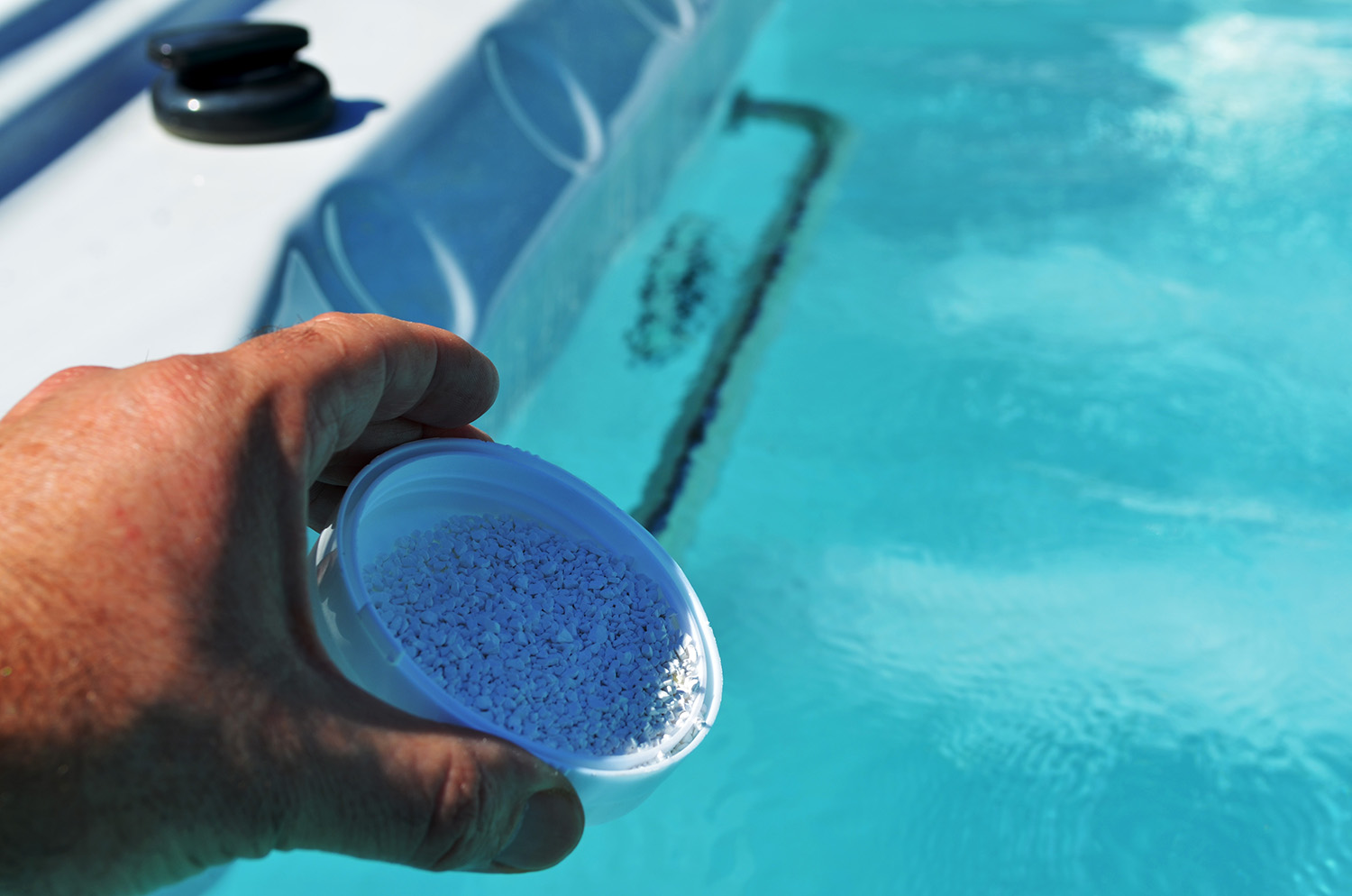
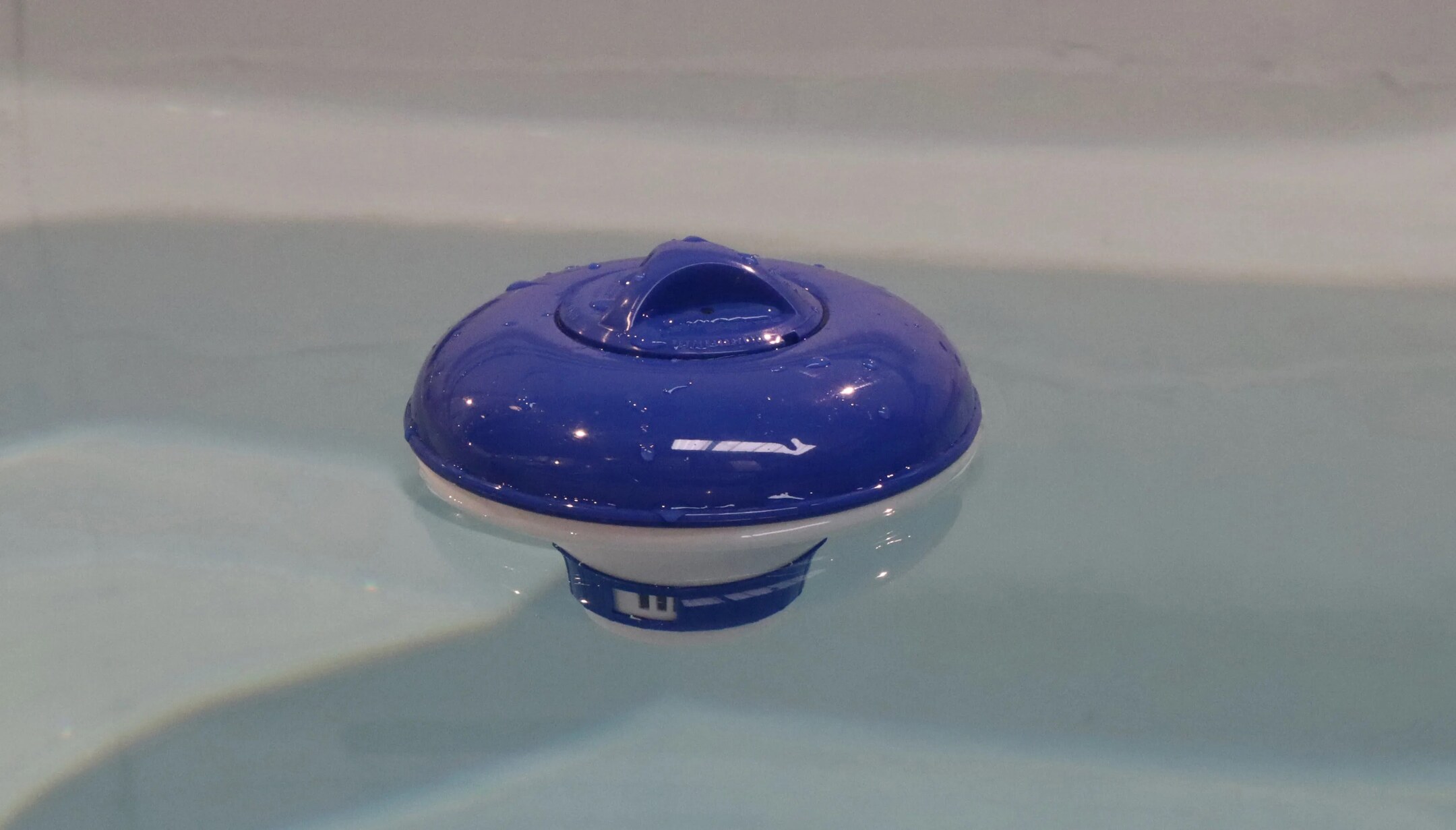
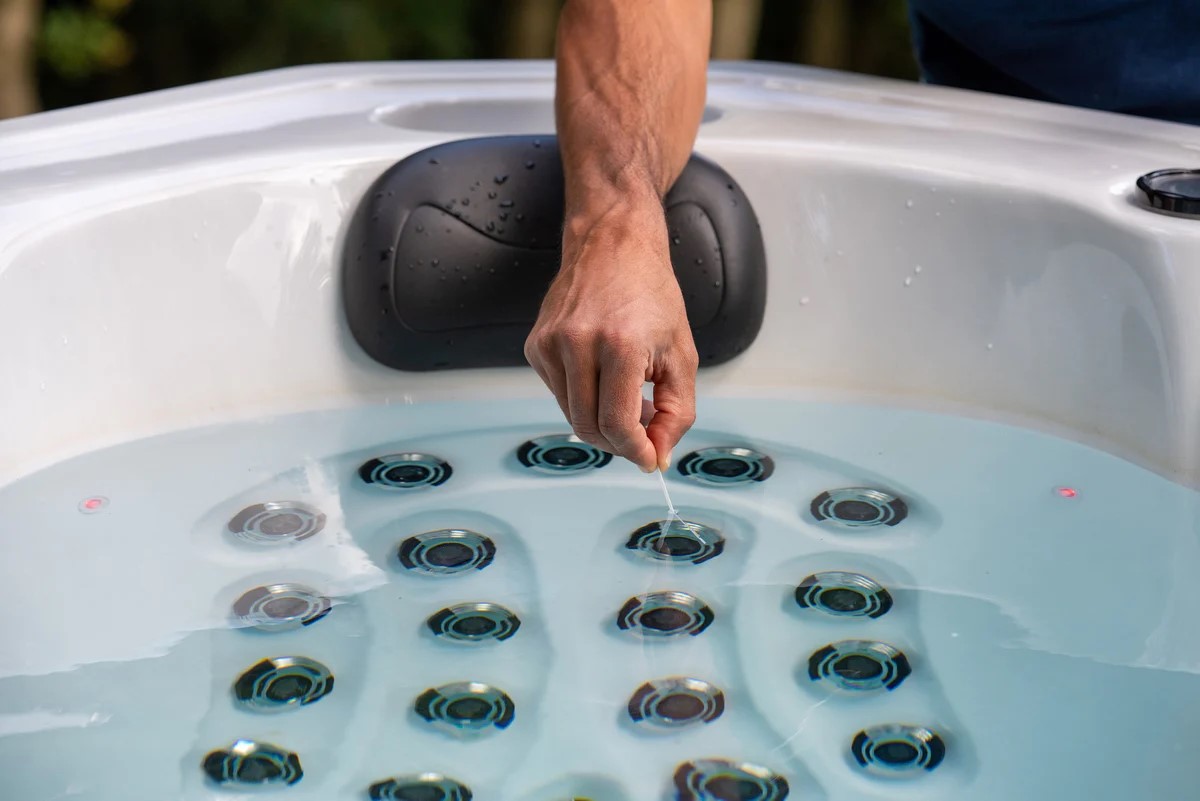
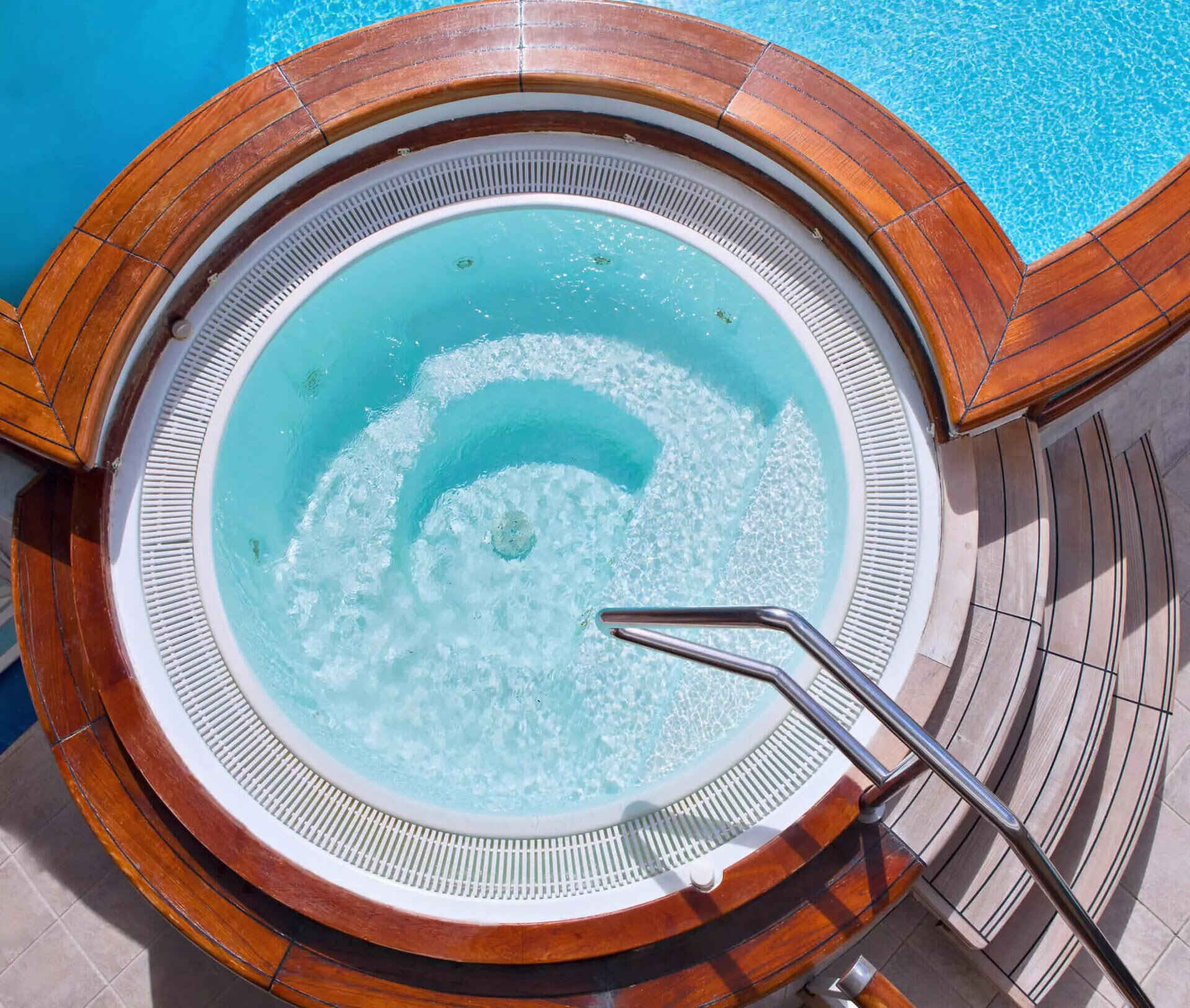

0 thoughts on “What Is Chlorine Lock In Hot Tub”